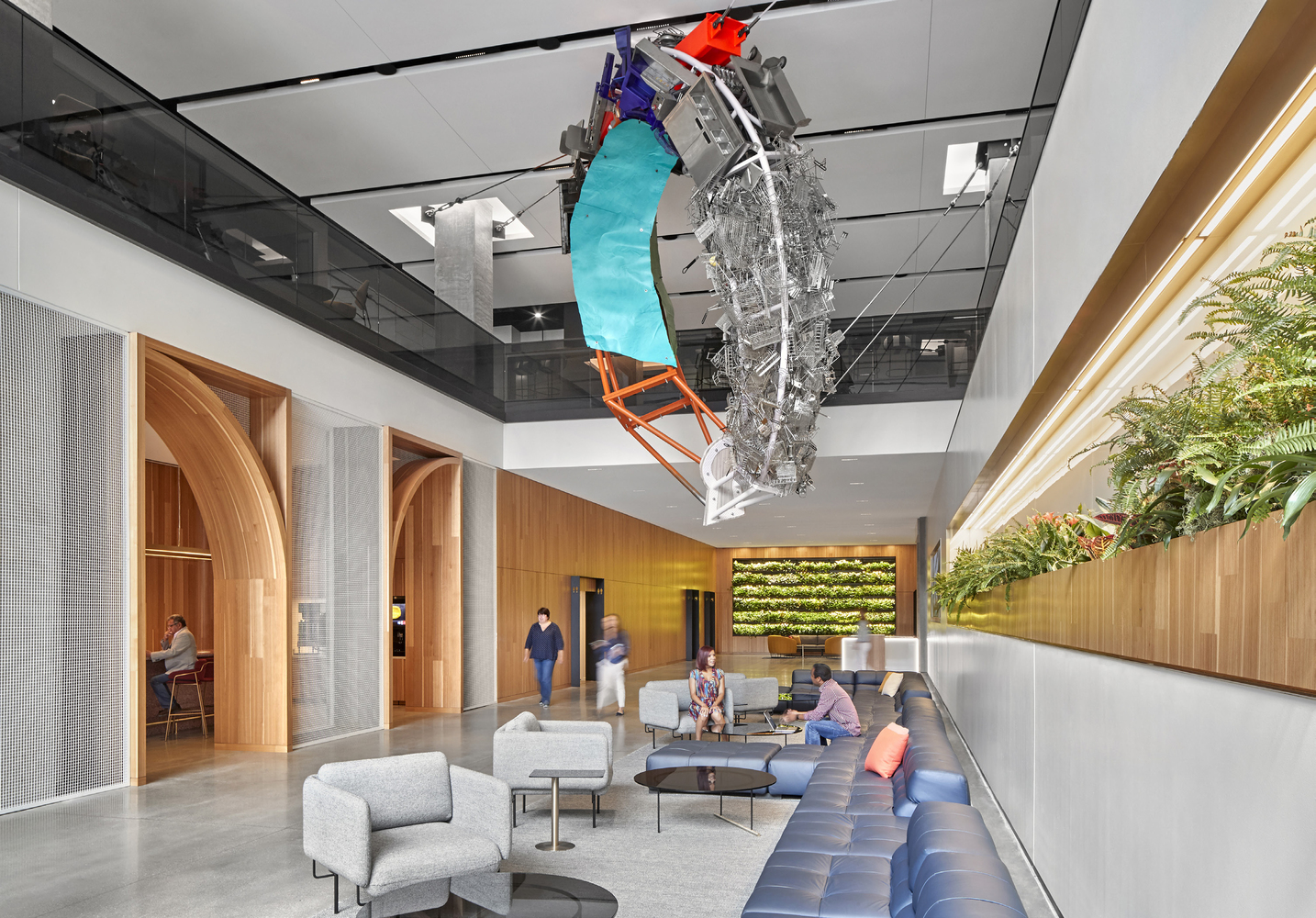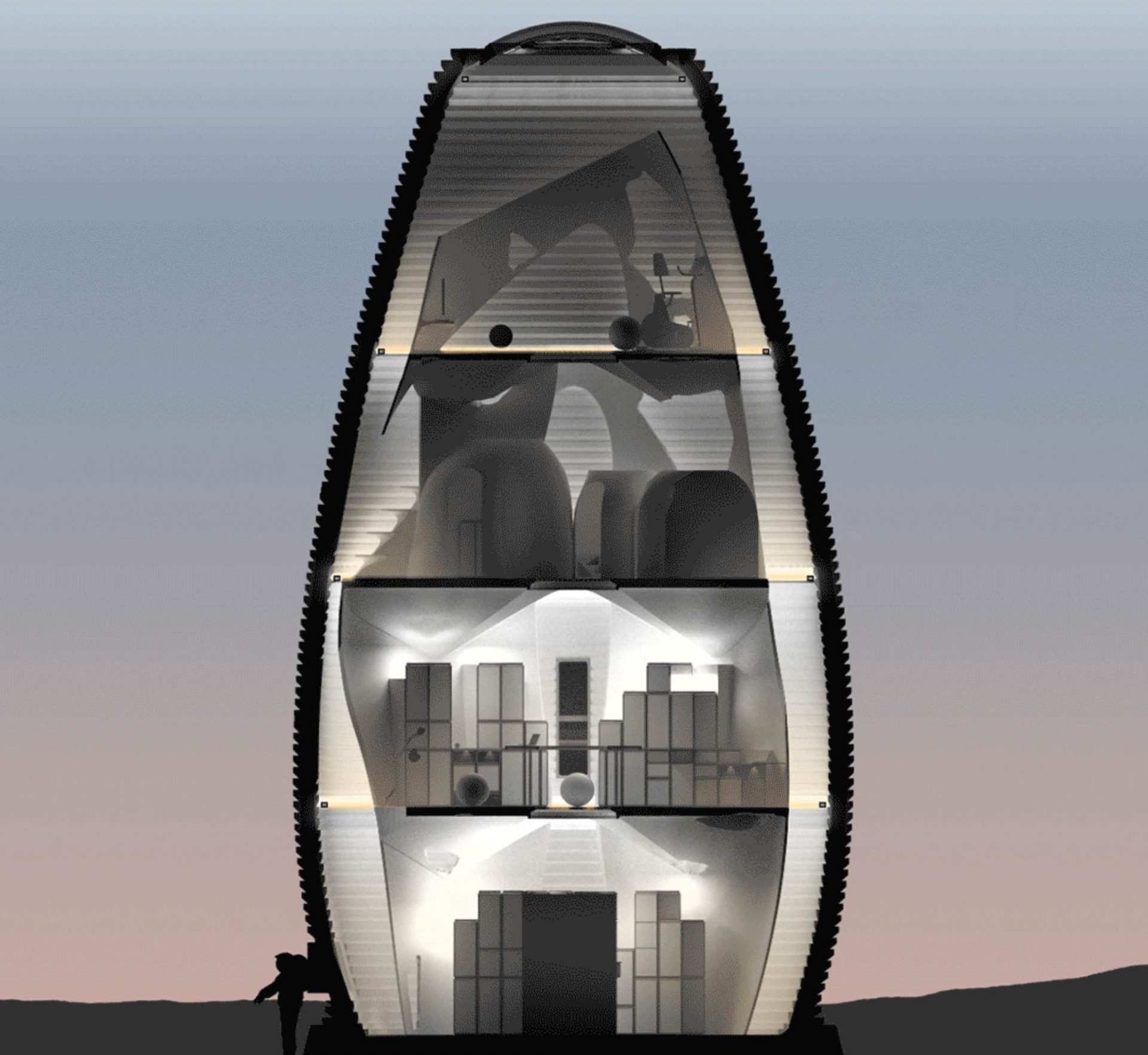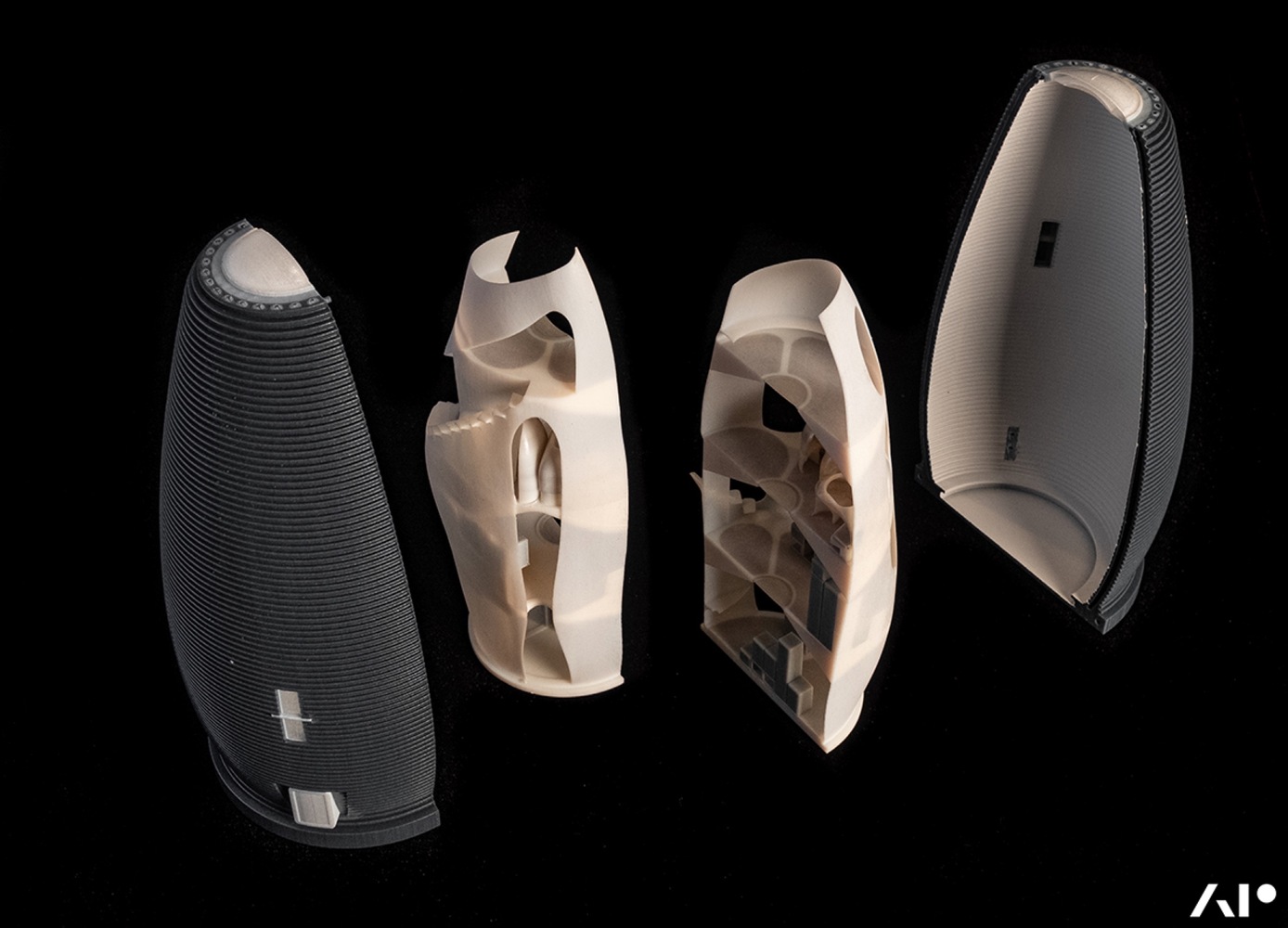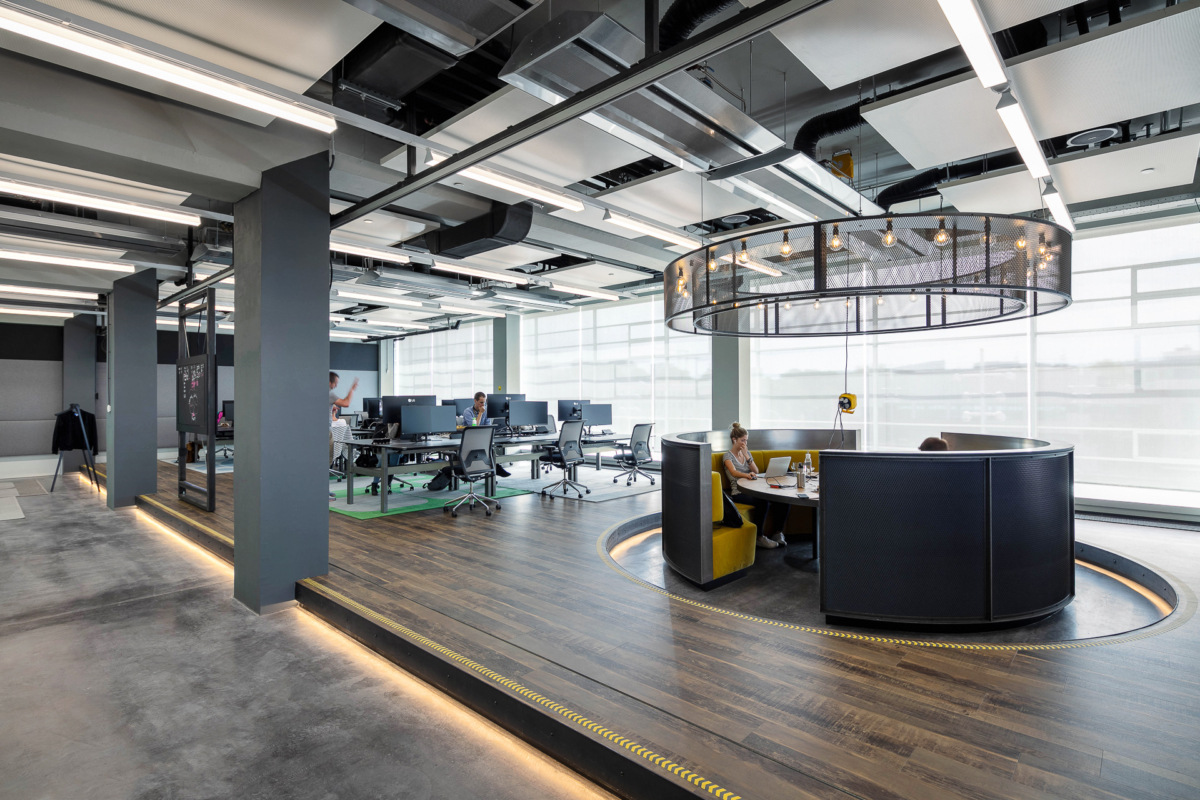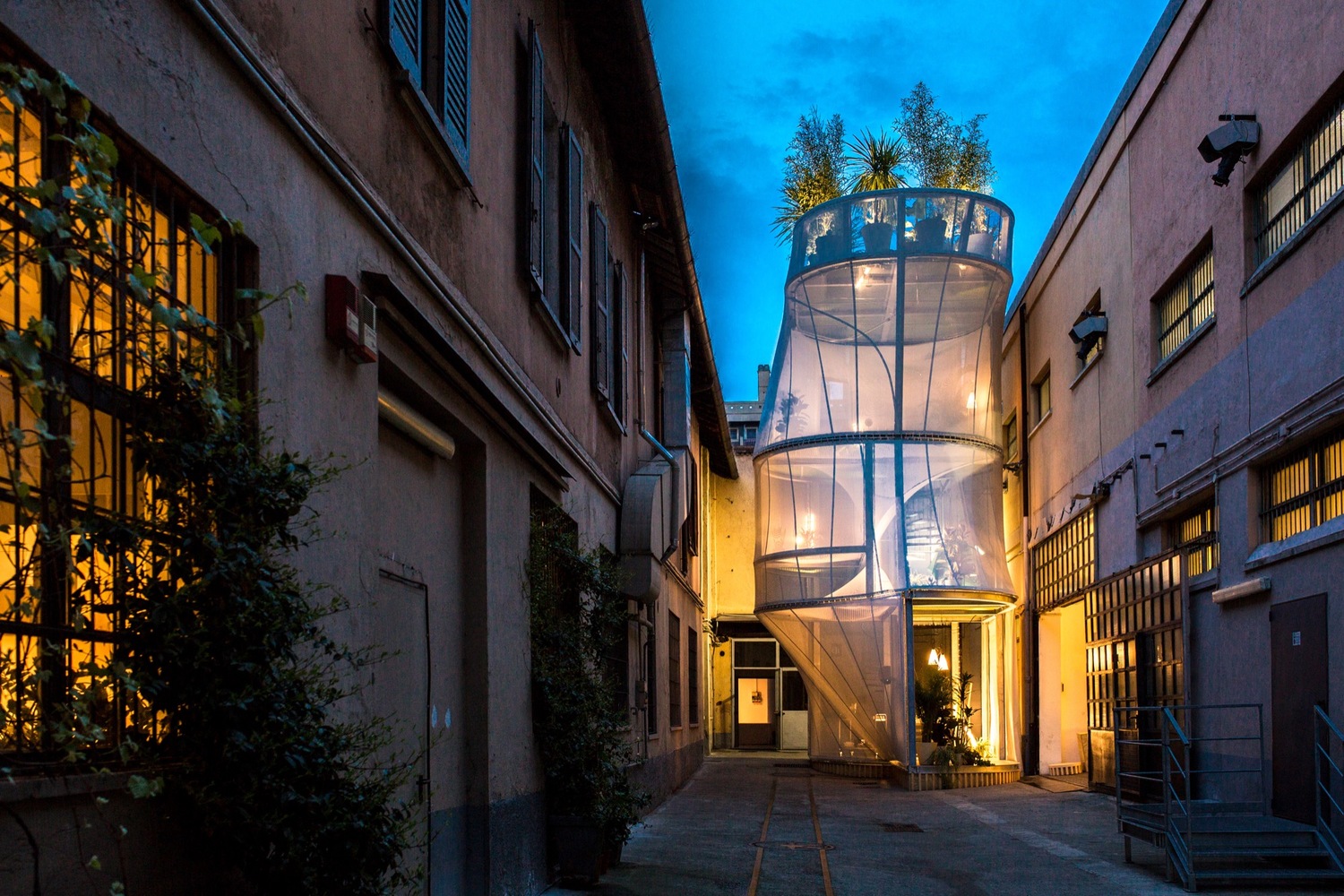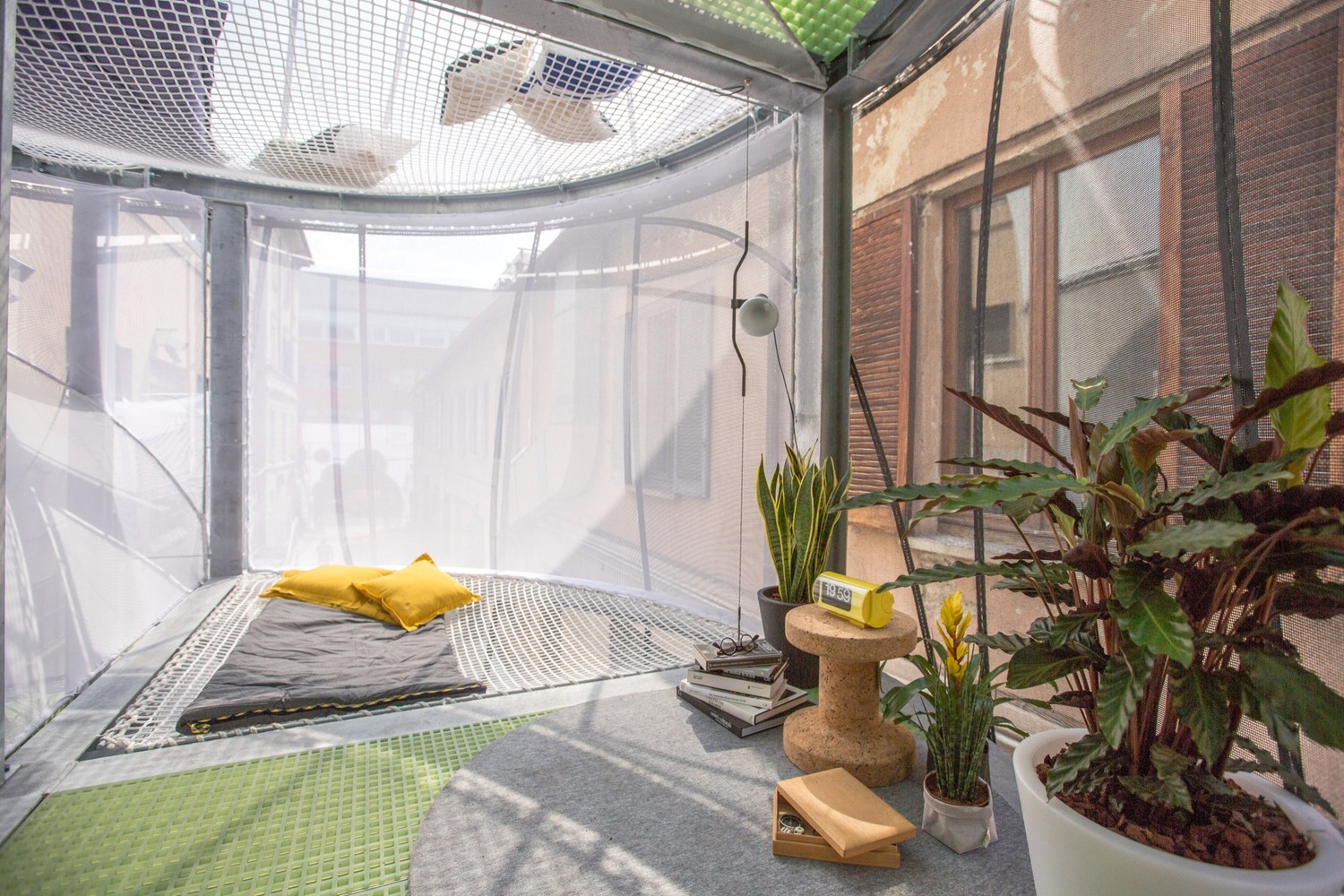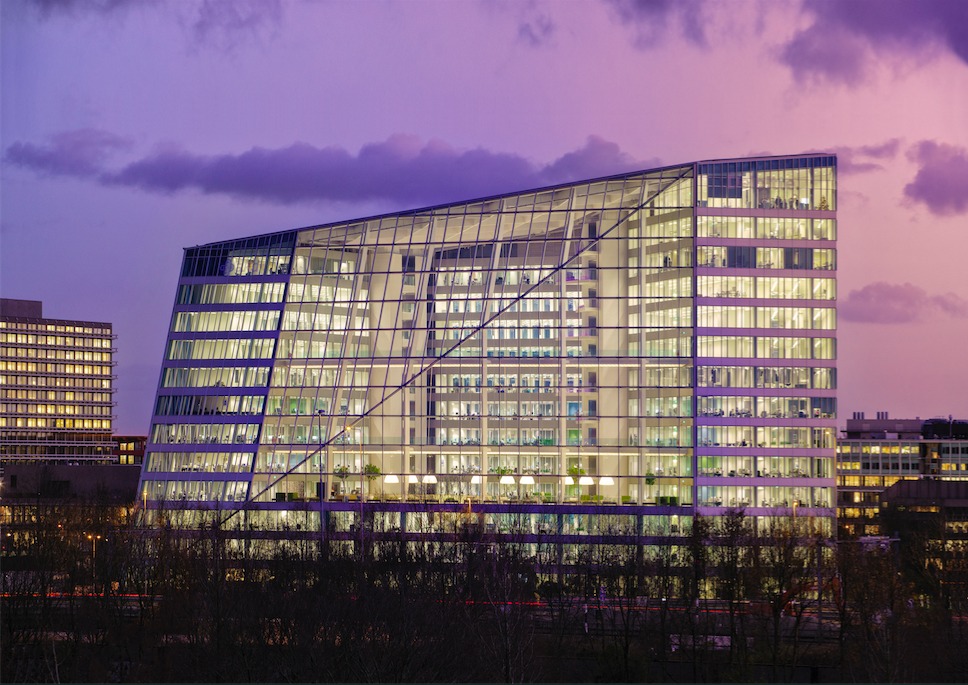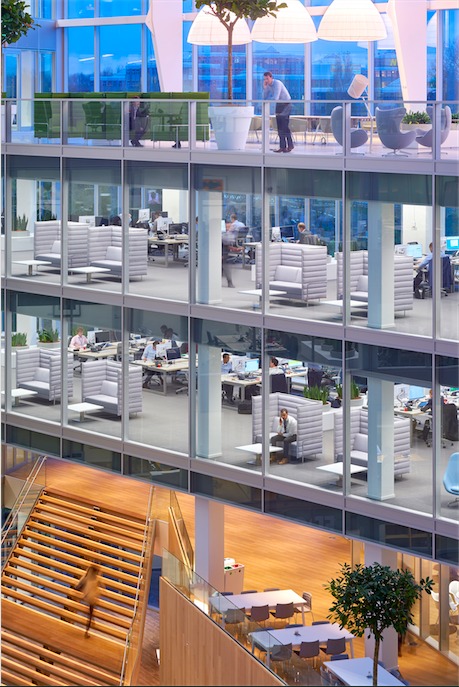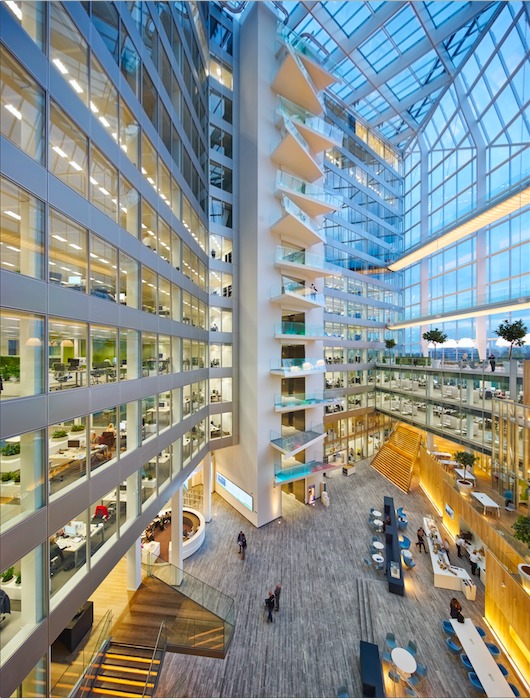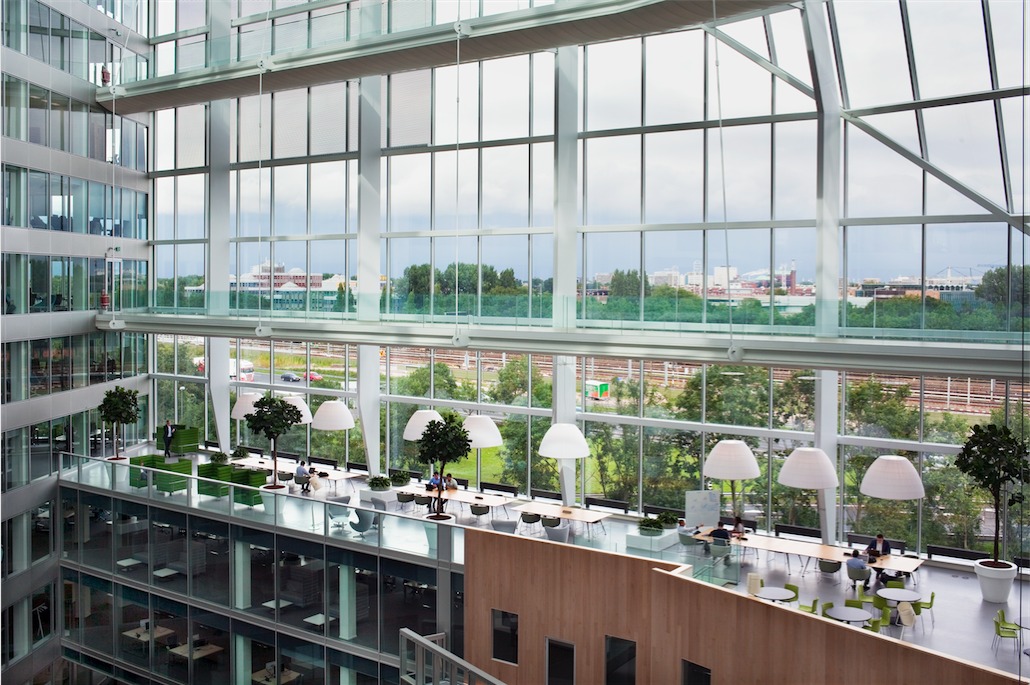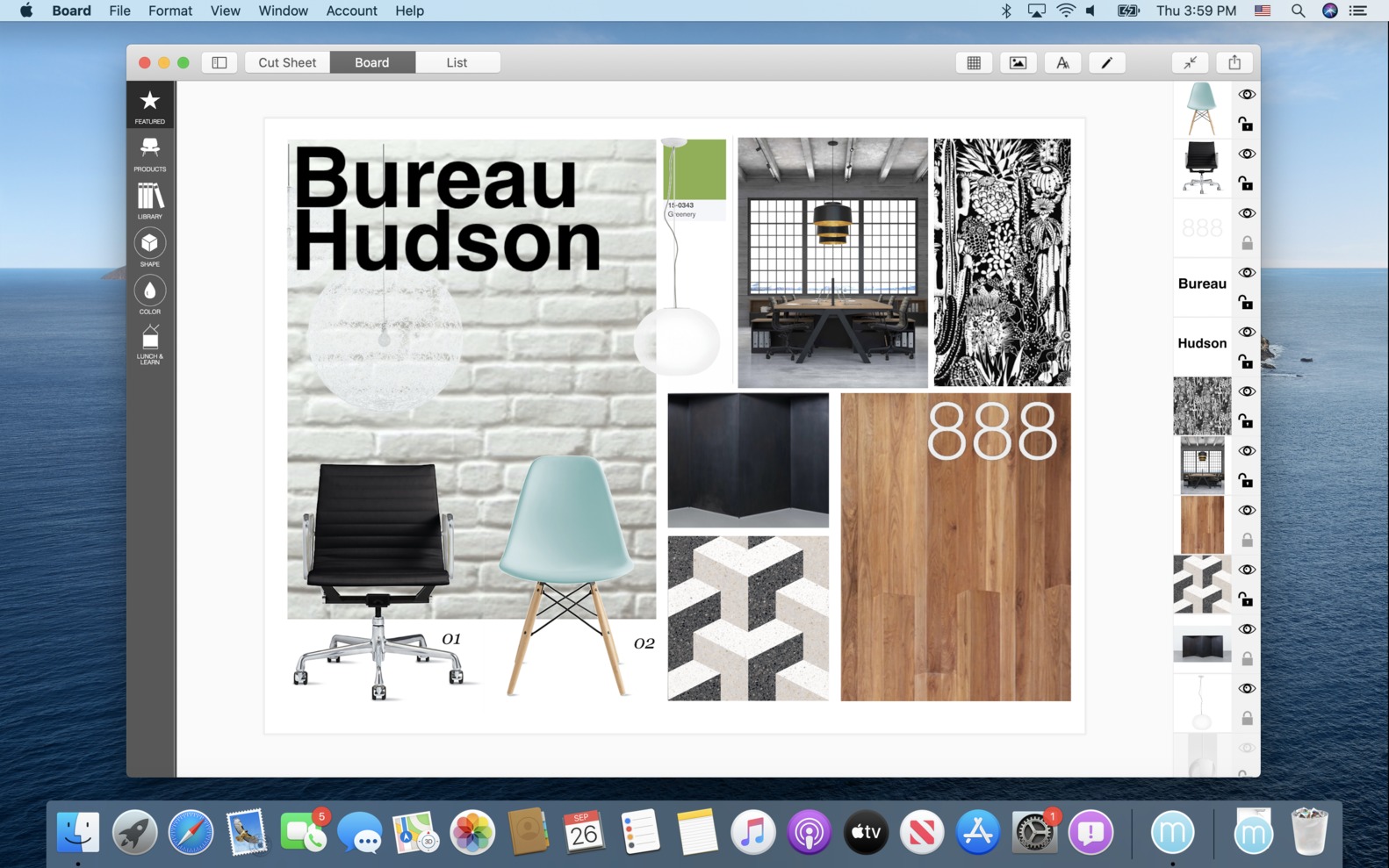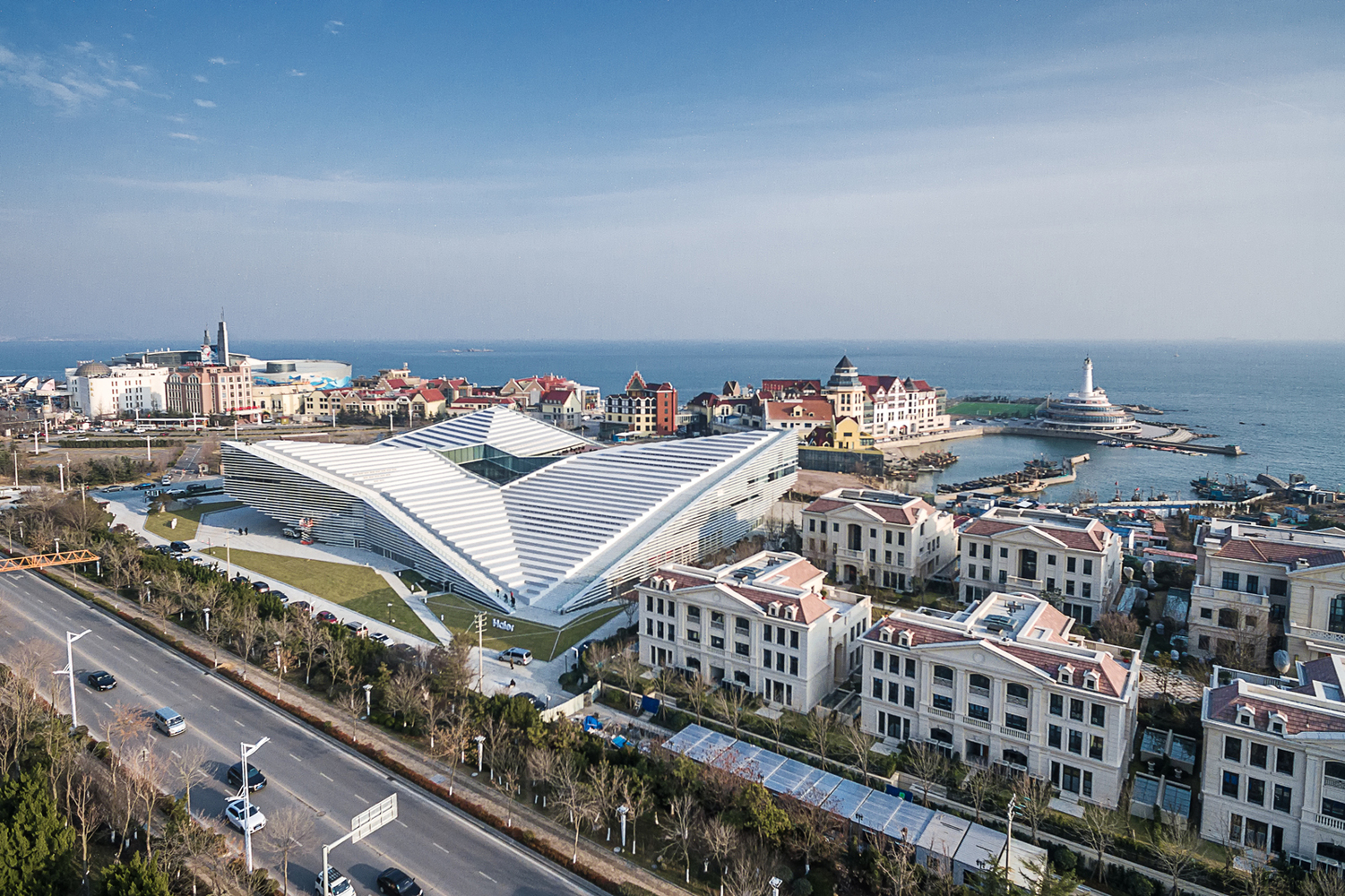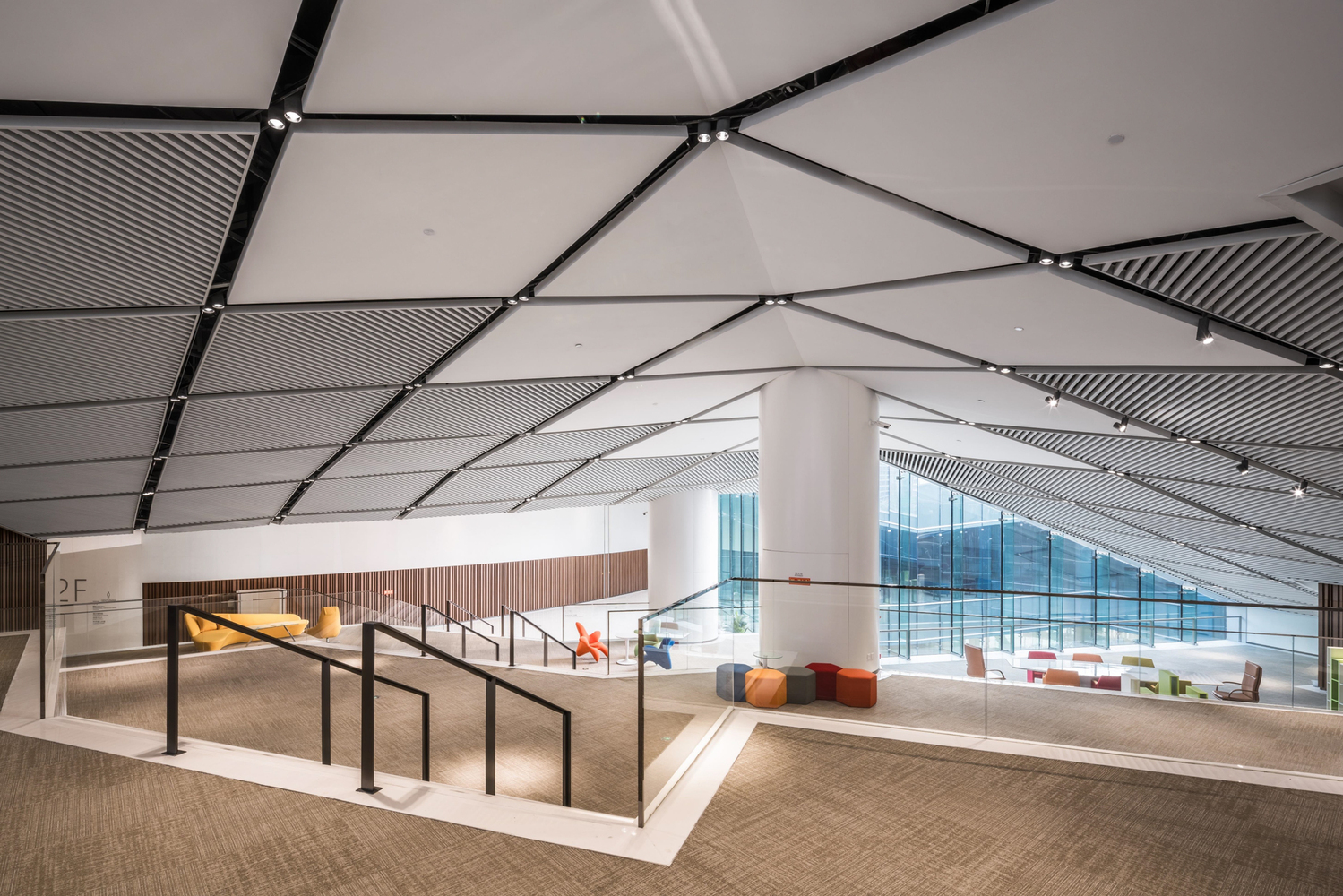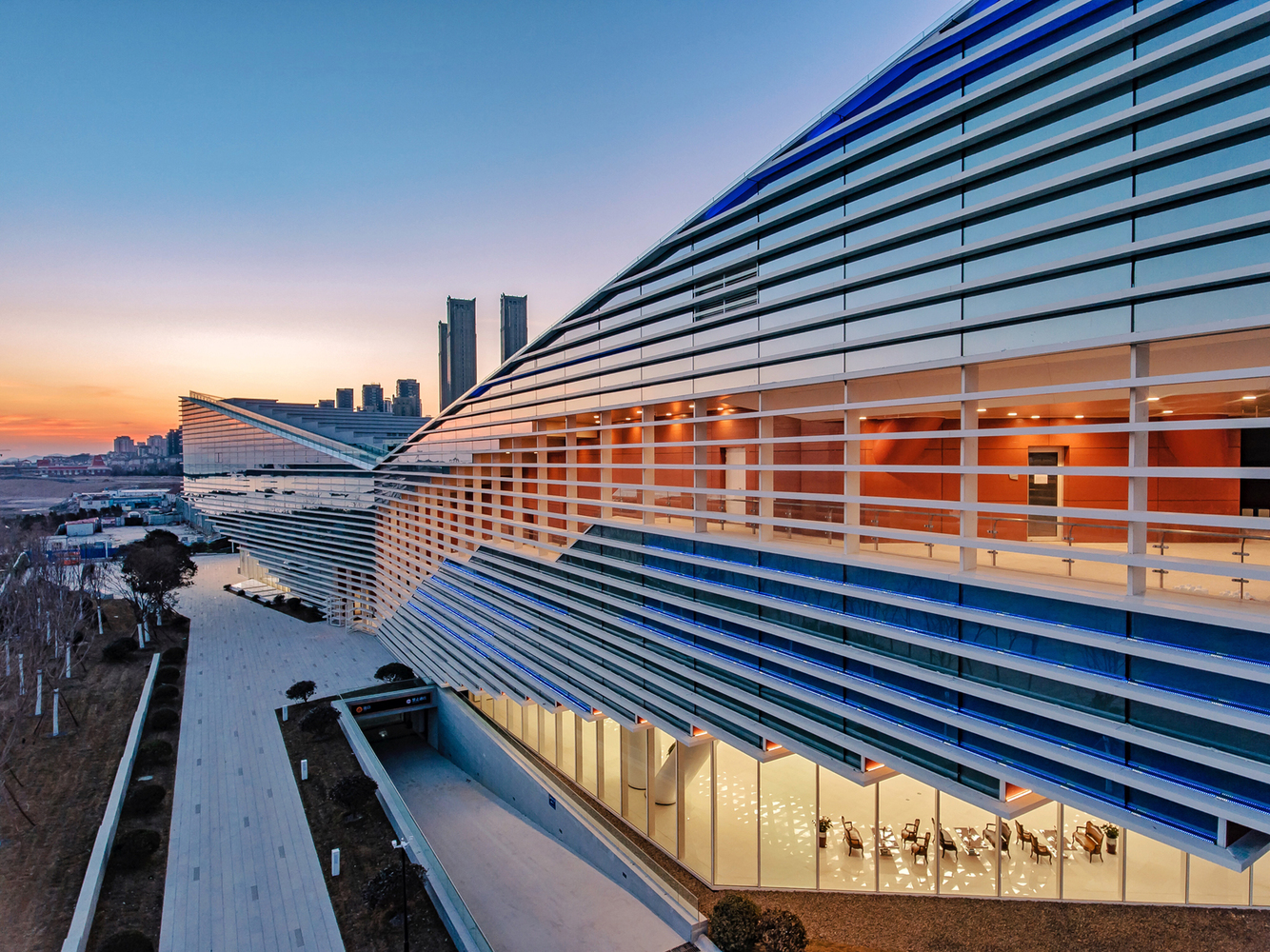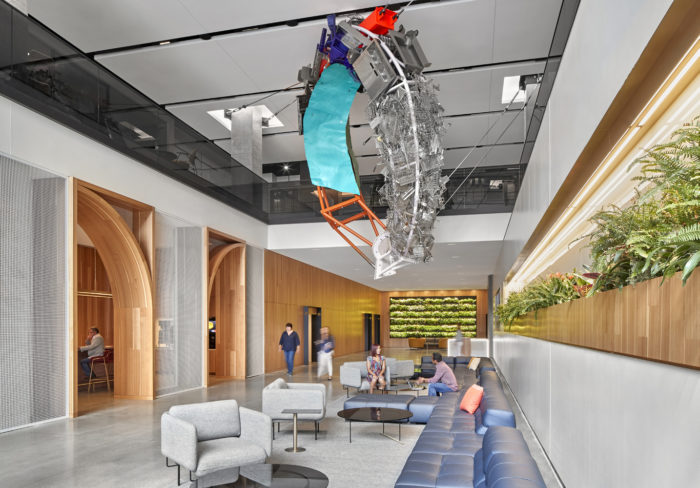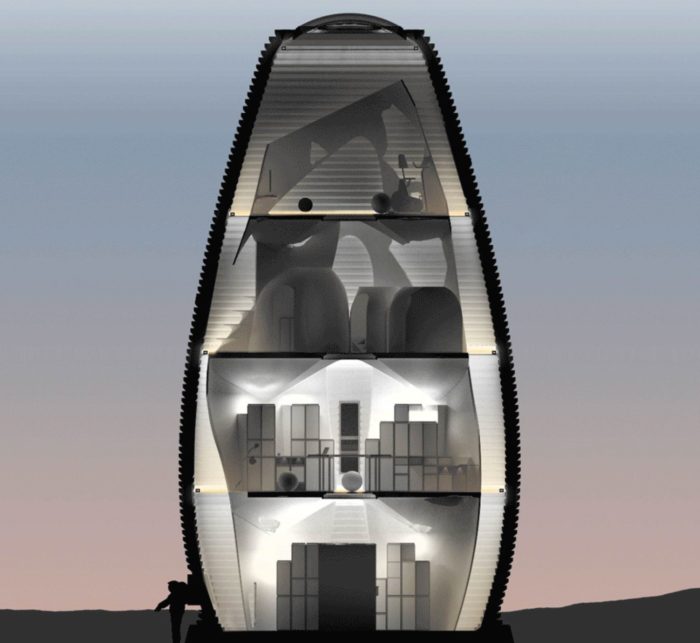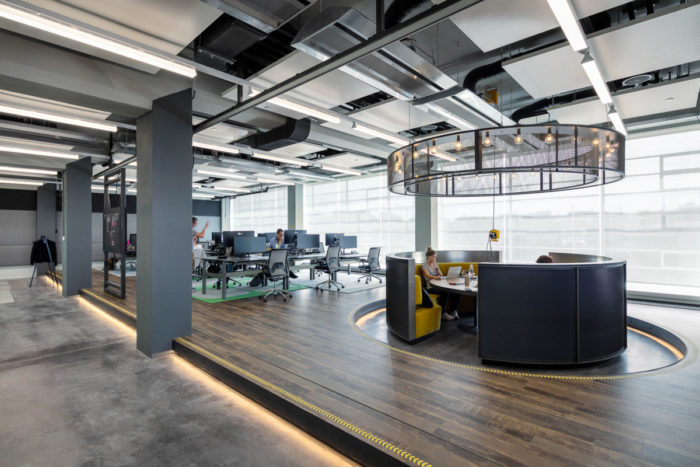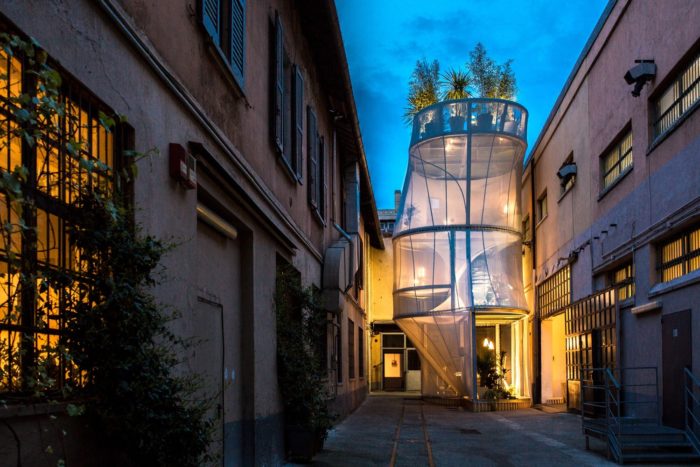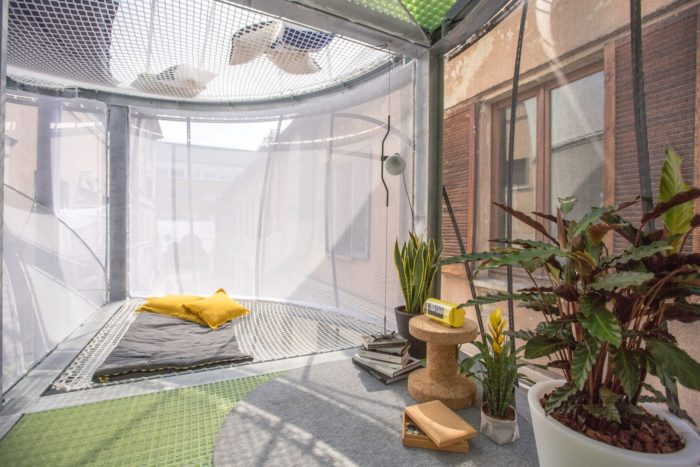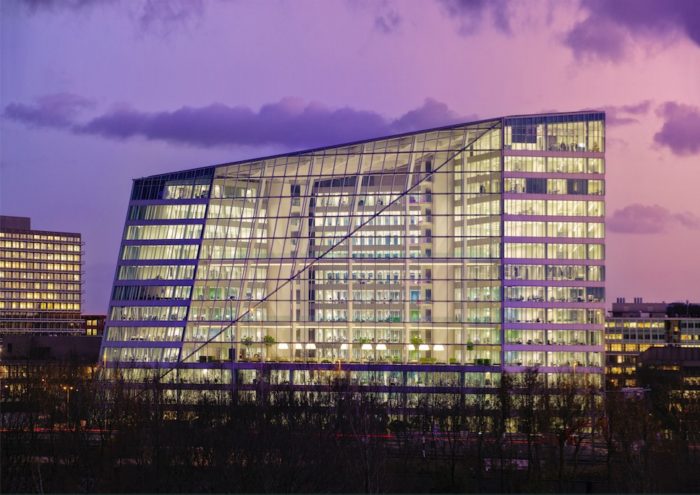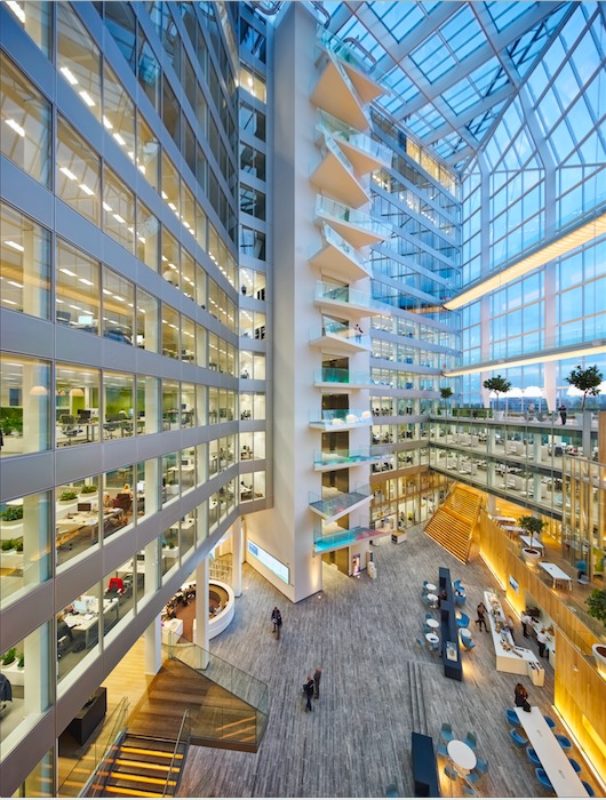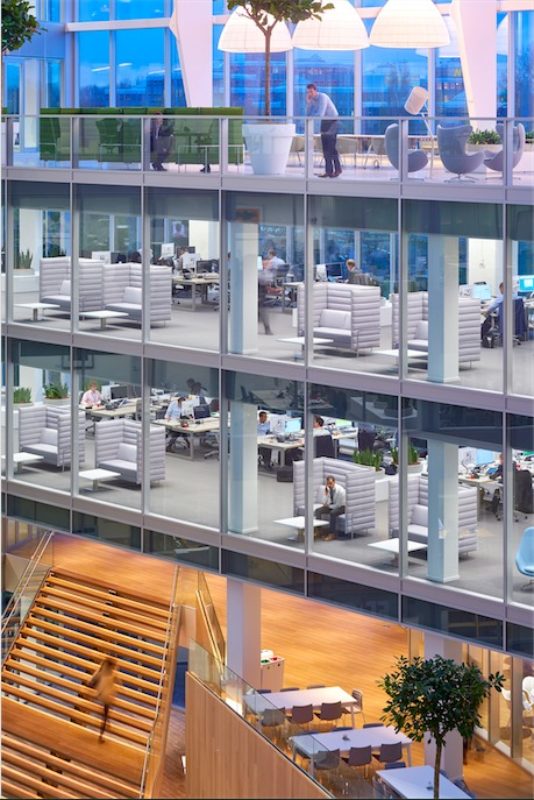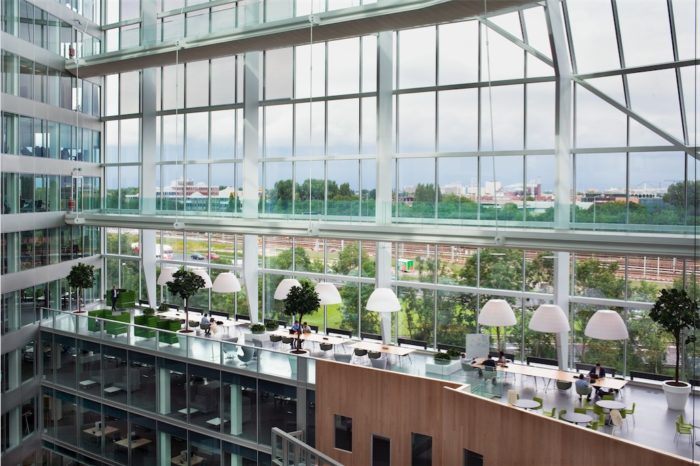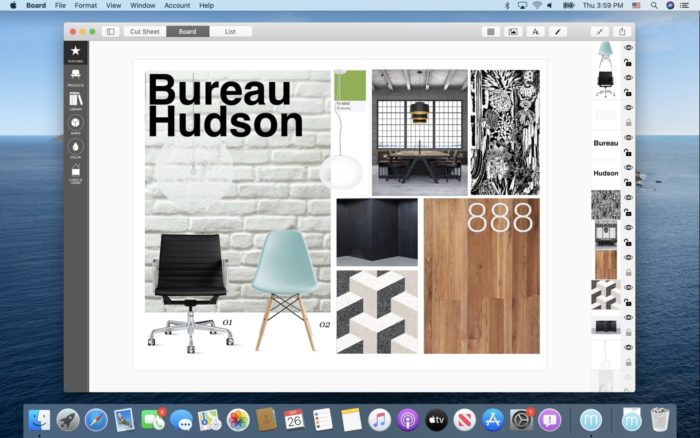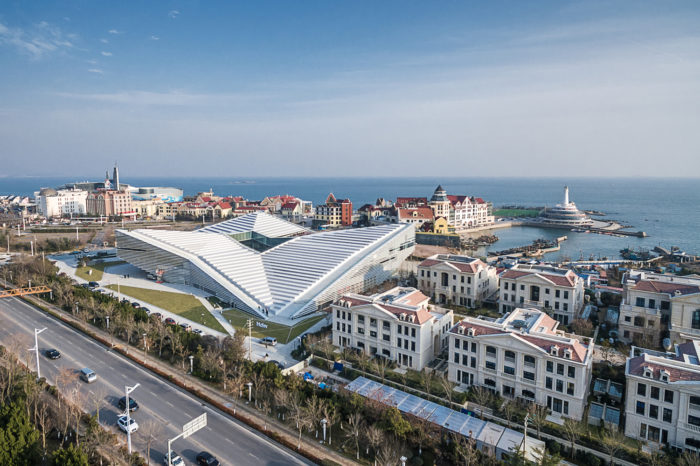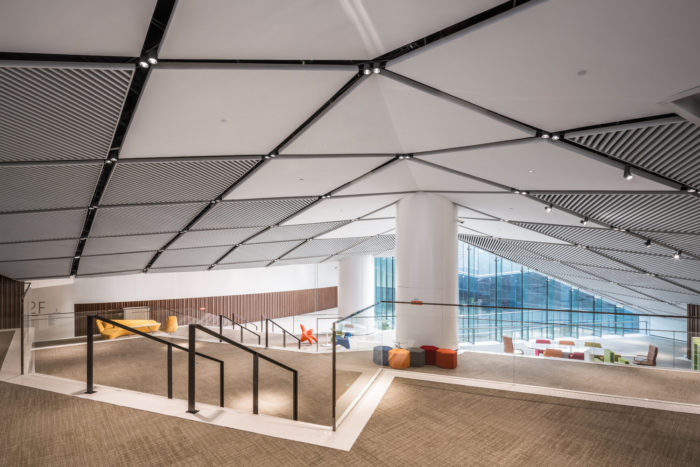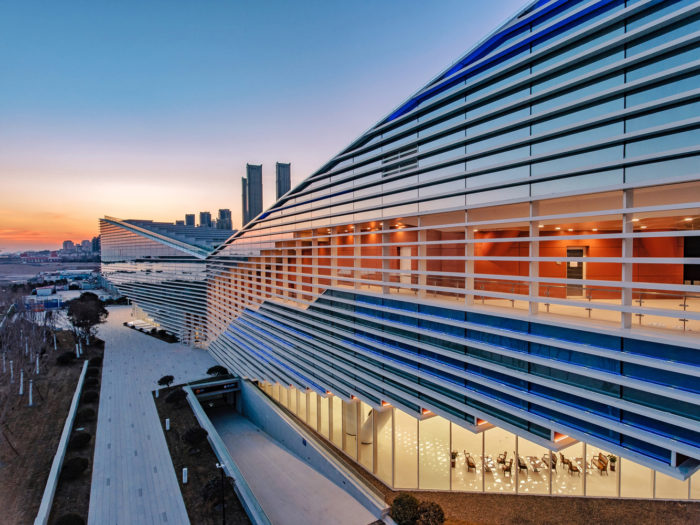Artificial Intelligence (A.I.) integration has brought about transformative changes in various industries in recent years, and architecture is no exception. Architects have long sought innovative ways to enhance workplace design, creating environments that maximize productivity, creativity, and employee well-being. With A.I. stepping into the picture, the possibilities for reimagining workplaces have grown exponentially. This article explores how A.I. assists architects in reshaping workplace design and improving the overall working experience for employees.
How A.I. Is Revolutionizing Workplace Design?
The revolution of A.I. in workplace design reshapes architectural practices by offering many invaluable benefits. This empowers architectural professionals to create cutting-edge, sustainable, and employee-centric spaces that enhance productivity, well-being, and overall job satisfaction. Let’s have a closer look at some of these benefits.
-
Enhancing Space Efficiency and Flexibility
One of the significant contributions of A.I. to workplace design is optimizing space utilization. Advanced algorithms analyze vast datasets and user inputs to create dynamic floor plans that maximize space efficiency and accommodate various functions. A.I.-driven design software considers factors like workflow patterns, departmental interactions, and spatial preferences to create adaptable office layouts that can evolve with the organization’s needs.
A prime example is the project undertaken by AI SpaceFactory, where A.I. algorithms were used to design a habitat for astronauts. The design, known as “MARSHA,” leverages A.I. to optimize every inch of space while providing an ergonomic and inspiring environment for its inhabitants. Similarly, A.I. tools have helped companies create agile offices that foster collaboration and creativity in commercial workplaces by dynamically configuring spaces to suit specific tasks and projects.
-
Personalizing the Employee Experience
A.I. has revolutionized how architects approach workplace design. Through machine learning algorithms, workplaces can now adapt to individual employees’ preferences, promoting a sense of ownership and well-being. For instance, temperature, lighting, and seating preferences can be adjusted automatically, enhancing employee comfort and productivity.
The Deloitte Amsterdam office is an outstanding case, where A.I.-powered systems gather data on individual employee preferences, such as workstation height, desk setup, and lighting conditions. The office environment adjusts itself based on this data, creating personalized workspaces that support the unique needs of each employee, ultimately resulting in improved job satisfaction and overall performance.
-
Enhancing Workplace Wellness and Employee Productivity
A.I. is playing a crucial role in making workplaces healthier and more conducive to productivity. By analyzing factors like air quality, noise levels, and biophilic design elements, A.I. systems help architects incorporate features that positively impact employees’ physical and mental well-being.
One remarkable real-life example of this integration is the “Breathing Office” designed by the architecture firm SO-IL. Equipped with A.I.-powered sensors, this office building continuously monitors air quality and temperature, automatically adjusting ventilation and lighting to ensure a comfortable and healthy environment for its occupants. As a result, employees report increased focus, reduced stress, and enhanced creativity.
-
Optimizing Energy Efficiency and Sustainability
With growing concerns about environmental impact and sustainability, architects are turning to A.I. for help creating green and energy-efficient workplaces. A.I.-driven simulations and data analysis enable architects to optimize building designs, choosing materials and systems that reduce energy consumption and minimize the building’s carbon footprint.
The Edge, a sustainable office building in Amsterdam, demonstrates the potential of A.I. in this area. Powered by 28,000 sensors and A.I. algorithms, the building manages lighting, heating, and cooling based on occupancy and weather conditions, significantly reducing energy waste. Such smart energy management systems benefit the environment and lead to considerable cost savings for the organization in the long run.
-
Improving Collaboration and Communication
A.I. fosters better communication and collaboration among architects, designers, and clients. With A.I.-enhanced 3D modeling and virtual reality technologies, stakeholders can better visualize and interact with designs, making the decision-making process more efficient and effective.
For instance, Morpholio Board is an A.I.-powered tool that facilitates collaborative design discussions, allowing architects and clients to annotate, comment, and share ideas in real time. This streamlines the feedback loop, leading to faster iterations and ensuring that the final workplace design meets all the stakeholders’ expectations.
-
Embracing Generative Design
Generative design, a revolutionary approach powered by A.I., allows architects to quickly explore thousands of design possibilities. By defining design constraints and goals, A.I. algorithms can generate innovative and optimized solutions that humans might never have considered.
An exceptional instance of generative design is the project by Snøhetta for the New Headquarters for Haier in China. The firm used generative algorithms to create a futuristic, energy-efficient office space with interconnected indoor and outdoor areas. Embracing A.I. in this manner not only elevates the quality of the Workplace design but also saves time and resources during the creative process.
-
Overcoming Design Challenges with A.I.
A.I. comes to the rescue when dealing with complex design challenges in workplace architecture. For instance, simulating human behavior within a space is intricate, but A.I. algorithms enable architects to model and analyze how occupants might interact with the environment. This information informs design decisions that promote seamless flow and functionality.
Additionally, A.I. assists architects in understanding historical workplace data, such as occupancy patterns, to predict future needs accurately. These predictive insights facilitate better decision-making and enable workplaces to adapt proactively to changes in team sizes, work styles, and technology requirements.
Embracing the A.I.-Powered Future of Workplace Design: Final Thoughts
As we witness the growing synergy between A.I. and architecture, the future of workplace design looks incredibly promising. A.I. transforms how we create and experience work environments, from optimizing space usage to enhancing employee well-being. Embracing this transformative technology, architects have the power to design workplaces that empower individuals and foster innovation in ways we have never seen before. With A.I. as a trusted ally, the future of workplace design is bright, adaptive, and brimming with possibilities.
